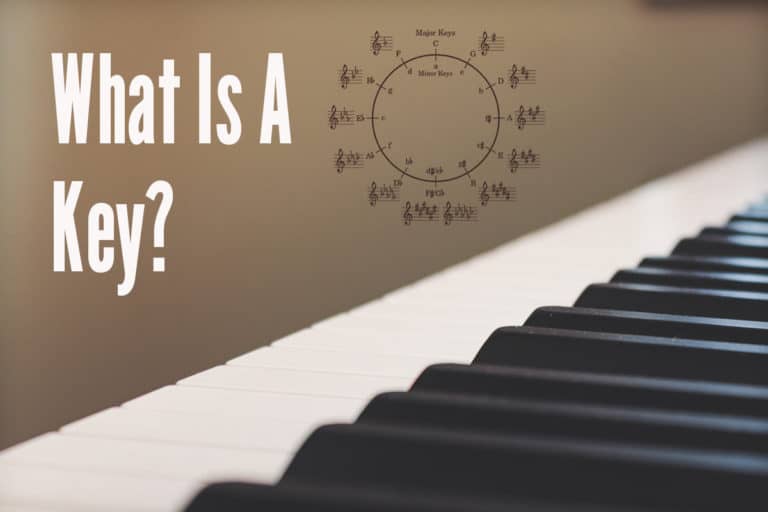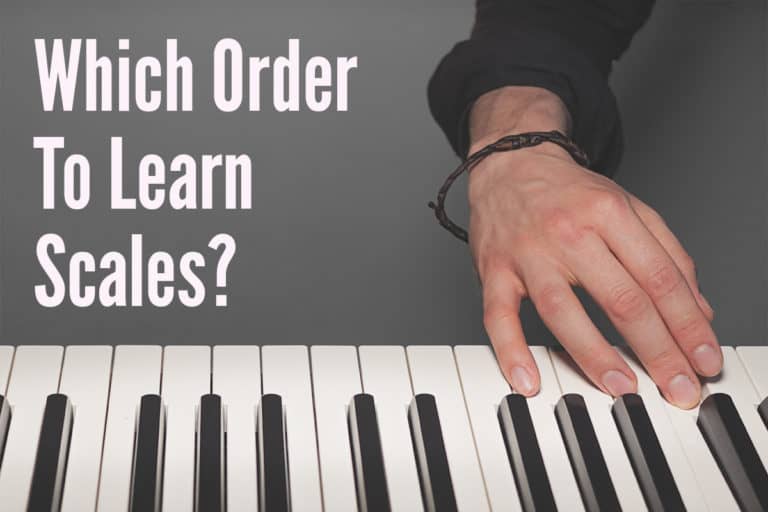How Hard Is Fur Elise: Are You Ready To Learn It?
This post contains affiliate links.
Fur Elise is one of the most popular and well known piano pieces to learn. Even the opening 2 notes are highly recognizable to most people. It sounds quite impressive to the masses and many budding pianists and hobbyists would like to learn to play it, but aren’t sure whether it is too difficult for their current skill level.
So how hard is Fur Elise? The full version of Fur Elise is considered reasonably difficult, broadly an intermediate piece around grade 5, but a shorter arrangement of only the famous section is often taught as well. This is much easier, suitable for late beginners, but still requires some foundational skill to perform well.
We’ll take a look at the 2 versions to see exactly what’s involved technically to help you decide whether or not this piece is suitable for you. In both cases, bear in mind that learning how to just play the notes is far easier than what it takes to perform it with any real sense of musicality. Sometimes though, you need that right level of difficulty to help you learn something new and push your playing forward.
Difficulty Of The Short Version
Many people don’t actually realise this isn’t even the full version of Fur Elise! It contains the famous parts and many people are just satisfied to learn this without even worrying about the other sections. This version is much more suitable for a (late) beginner.
What’s Involved?
- Requires control of the weaker fingers 4 and 5
- Broken chords in the right hand
- Broken chords in the left hand and turns over the thumb
- Ability to position hands correctly
- Smooth wrist and arm movement over wide areas
- Coordination and smooth flow between the hands
- Basic reading ability (If reading)

Why Fur Elise So Popular And Beneficial For Beginners
Fur Elise is a very desirable piece to learn amongst beginner pianists and often assigned by piano teachers.
So why is Fur Elise so popular? Fur Elise is popular amongst beginner pianists as learning a recognizable and impressive sounding, yet manageable piece, is very motivating. Teachers like it too because it helps students work on a variety of skills including broken chords, expressive playing, relaxed movement, rubato and pedalling.
It remains popular with most teachers and I too recommend it for a late beginner (Remember we’re talking about the short version). It’s perfect for helping you develop the skills listed above, develop a relaxed technique and fluidity in your playing whilst at the same time enjoying the ride and having something to show people they will recognize! With that technique comes control, and that allows us to shape the sound and play with musicality
Should You Learn it?
If you’re only in the very beginning steps of learning piano, I definitely recommend building up to this a bit instead of jumping in on day one. I’m not saying it’s not possible and most people could probably learn to get through the notes at least fairly early on, but it’s likely to sound stiff with poor timing, your technique will suffer and you will learn bad habits as a consequence.
It’s just best to have a few early stage pieces under your belt first and some experience with chords, broken chords and scales. At the point at which you have developed some foundational technique and control over your fingers where the basics have stopped feeling stiff and awkward, you’ll have a much more beneficial experience learning Fur Elise. So if you already have this experience, I highly recommend tackling this shorter version of Fur Elise.
Difficulty Of The Full Version
The full version of Fur Elise is a different ball game and requires a much higher level of skill to execute well than the short version. There’s 2 other sections in the full version. It’s around grade 5 (ABRSM) or grade 7 (RCM) so very much in the intermediate realm if we’re judging by the formal standards of the classical piano route.
What’s Involved?
Obviously everything listed above is still involved too but here’s what else you will encounter.
- Far more intricate playing
- Faster right hand lines
- Harder left hand parts
- Fast wrist rotation in right hand
- More difficult hand coordination and rhythm independence
- Moving chord positions quickly
Should You Learn It?
If you’re still very much in the beginner phase but really want to learn Fur Elise, my honest recommendation would be to stick with the short version for now and to come back to the full version when you have a couple of years of quality experience behind you.
After some research around various forums as well as discussions with fellow teachers (particularly teachers who specialise in classical piano), the general consensus seems to be that tackling something way beyond your current capability can be harmful to your technique and future development.
You may be able to get through the notes with some hard work, but you likely won’t have the necessary skills to execute certain moments and fast flourishes in this anywhere near to a standard required to make them sound musical. It may sound disjointed and with bad feel and timing. You will develop much more control and musicality in your playing with something more manageable, technically. You don’t just run a marathon without any training, you build up to that kind of distance,
Having said that, challenging yourself is a very important part of your development so unless you have a teacher to guide you, use your best judgment to decide when the time is right. If you can already comfortably play some slightly less technically demanding pieces whilst still being able to perform them nicely, perhaps the time is right. Listen to some performances and think whether or not this sounds like a good challenge to push you a bit further or way too far beyond anything you have previously played.
Levels Of Performance
In the case of either version, whilst you need enough ability that with some practice you can make Fur Elise sound fluid and expressive, that does not mean you should be put off learning because you think it has to sound like a professional concert pianist’s performance.
In my opinion, Fur Elise still sounds great a slower tempos. I would sooner hear an expressive, controlled performance with nice timing, feel and dynamics at a slower tempo than a sloppy, faster one.
How Long Fur Elise Takes To Learn
How difficult something feels to learn psychologically is also very much dependant on how mammoth of a task it is, how much there is to learn and how long it will take.
So how long does it take to learn Fur Elise? An intermediate player learning the full version of Fur Elise may take on average between 2 weeks and 2 months, dependant on ability and practice. It may then take longer to get the piece up to performance standard. The same average time frame is true of a late beginner learning the short version.
This is based upon my experience as a piano teacher and again conglomerating that with some research online and in the piano community. Of course results may vary and it is highly dependant on many factors, significantly though, how much practice has been dedicated to it. Students who don’t practice that regularly and keep forgetting the notes or finger patterns for example, will perpetually feel stiff at the piano and make very slow progress.
Words like intermediate and beginner are also very broad and although I don’t really like to use them that much, they help to sum things up. Two ‘intermediate’ players may still have very different innate skills, experience of very different styles of playing or skills and learn at different paces. Person A may learn this piece faster than person B, but the opposite may be true for a different piece.







